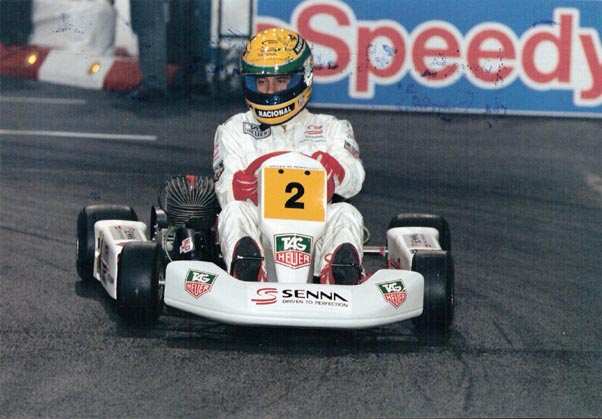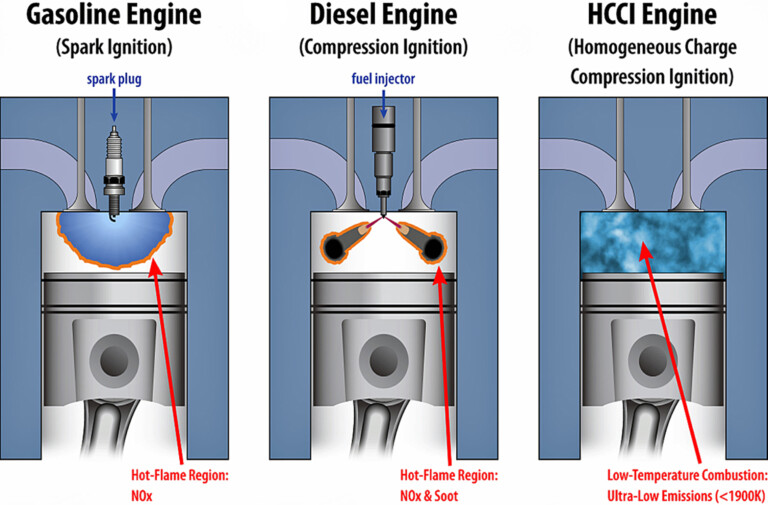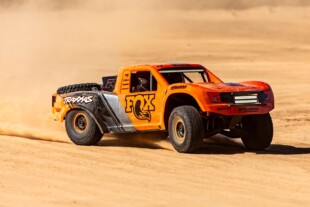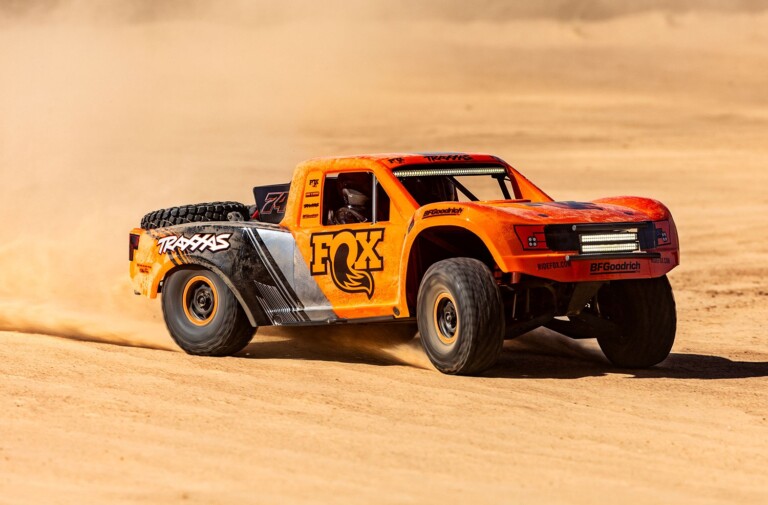Dane Cameron is one of the quickest drivers in the Tudor series these days, and he keeps his reflexes sharp with a regular dose of shifter kart. With a good set of tires, such a machine can subject the driver to 3 G’s of cornering forces — far more than any road car can achieve. And while 40 horsepower doesn’t sound like much, when those ponies are only propelling a featherweight kart and a willowy driver, they’re more than enough.
Just a few seconds of this onboard footage is enough to indicate these machines are serious. Cameron’s Ital Kart is powered by a 125 cc motor from a Honda CR125 dirtbike. Two-stroke and very compact, this motor sits just underneath his right arm, which operates a six-speed, sequential gearbox. Shifting requires a quick pump of the shift lever. No blipping or rev-matching needed.
A racing kart’s square wheelbase makes it willing to turn in and oversteer. So much so, that even in the fastest corners, a little too much throttle can make the rear snap away wildly. This tendency to oversteer makes these karts very incisive and “chuckable.” With some comfort behind the wheel, these karts can be made to slide from the entry to the exit of the corner, and their wide tires and engine placement allows them to accelerate even with the rear wheels laying long, black lines on the asphalt.
The Mychron computer mounted to the steering wheel relays all the pertinent information a driver could want. Lap times, engine temperatures, sector times, revs and gears can all be displayed through the small screen if so desired. All this information is valuable, but ultimately, the best hints one can receive come through the plexiglass seat, up one’s backside and up into their brain. The real appeal of the kart, aside from the outrageous cornering speeds, is the sense of driver involvement. Every inch of travel on the throttle pedal, brake pedal or steering wheel has a direct and immediate effect.
Because they lack much in the way of suspension — the kart’s stiffness is used in lieu of shock absorbers — they can be uncomfortable. However, that rigidity allows for the driver to feel the smallest changes happening underneath the kart. Every pebble, every crack in the surface and every small imbalance can be felt through the totally transparent chassis. That isn’t hyperbole. There’s a good reason why all of the best racing drivers get started in karting. The sensitivity that is required to drive a nervous, unforgiving kart quickly serves any aspiring well throughout their entire career.

Even Senna took his karting incredibly seriously, which stands as testament to the value of the platform.
Moreover, the price of a kart is something that can’t be overlooked. For somewhere around four grand, the thrill a racing kart offers really can’t be found anywhere else — legally. Monthly maintenance won’t break the bank either — coming out to $300 for tens of hours of fun, give or take. For the money, there aren’t any better ways to get one’s foot in the motorsports door. Legions of famous racers started in, and continue to race, karts and for good reason — as Cameron shows, there’s no other way to find that buzz without a pitcrew.























